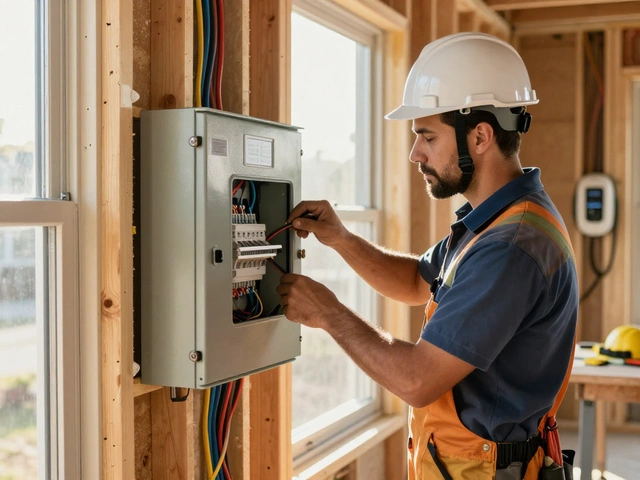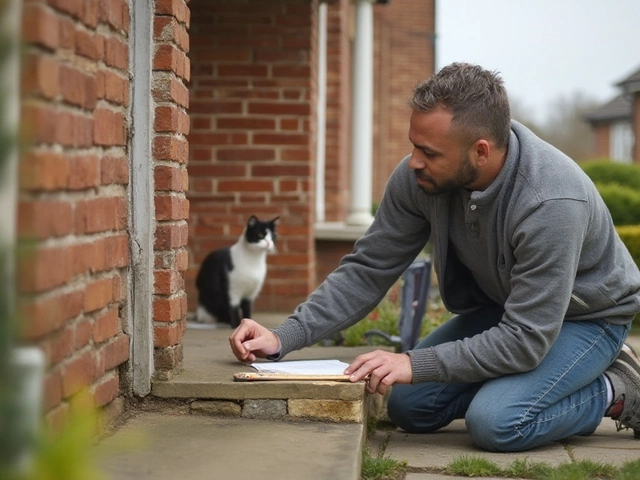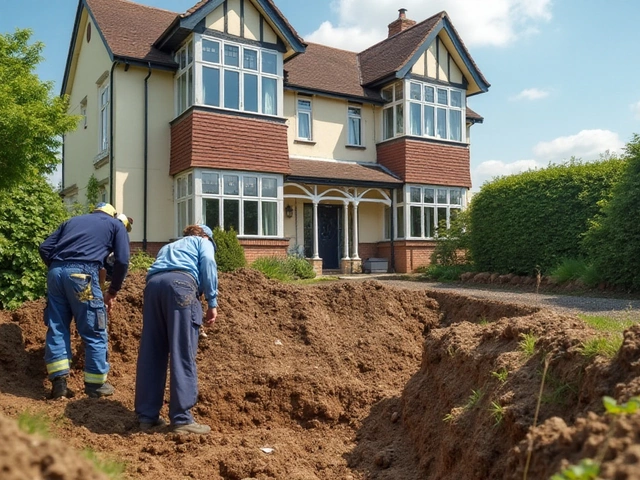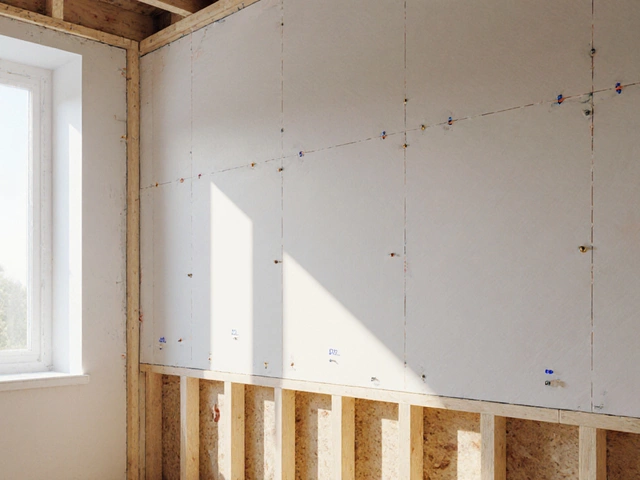House Building Costs: A Practical Guide for 2025
Building a home feels like a huge puzzle, and the biggest missing piece is usually the budget. Before you sign any contract, you need to know which line items will eat up most of your cash and where you can shave a few pounds without compromising quality.
Breaking Down the Main Cost Areas
First up is the foundation. A solid base is non‑negotiable, and the price depends on soil type, depth, and whether you need extra waterproofing. In the UK, a typical slab foundation runs between £70 and £120 per square metre, while deeper crawl‑space foundations can push past £150 per square metre.
Next, think about the structure itself – walls, floors, roof trusses, and any load‑bearing elements. Limestone from local quarries, like those supplied by Lime Hillock, usually costs £30‑£45 per tonne, which translates to roughly £80‑£120 per cubic metre of wall. Add the price of concrete, steel rebar, and timber, and you’re looking at £350‑£500 per square metre for the basic shell.
Finishing touches such as insulation, plaster, and internal partitions add another £50‑£80 per square metre. If you opt for higher‑grade insulation or decorative plaster, the numbers climb quickly.
Don’t forget services – plumbing, electrical, and HVAC. A standard service package will cost around £90‑£130 per square metre, but specialized systems (under‑floor heating, smart home wiring) can double that rate.
How to Keep Your Budget in Check
Start with a realistic budget buffer of at least 10‑15% for unexpected items. Most overruns come from change orders, so lock in as many specifications as you can before construction begins.
Shop local for materials. Quarry‑sourced limestone travels shorter distances, meaning lower transport fees and a smaller carbon footprint. It also tends to be more consistent in quality, which can reduce waste.
Consider a dry‑fit kitchen. By ordering cabinets, appliances, and fittings early and doing a full mock‑up in the workshop, you avoid costly re‑works once walls are up. The same principle works for bathroom fixtures.
When it comes to labor, get at least three quotes and check references. A lower price might mean less experienced crews, which can lead to mistakes that cost more to fix later.
Finally, schedule your work during off‑peak seasons. Roofing and external works often cost less in winter months when contractors have more availability.
By understanding where each pound goes and planning ahead, you can keep your house building costs under control while still delivering a home that lasts for generations.
Cost to Build a 3,000 Sq Ft House in Louisiana
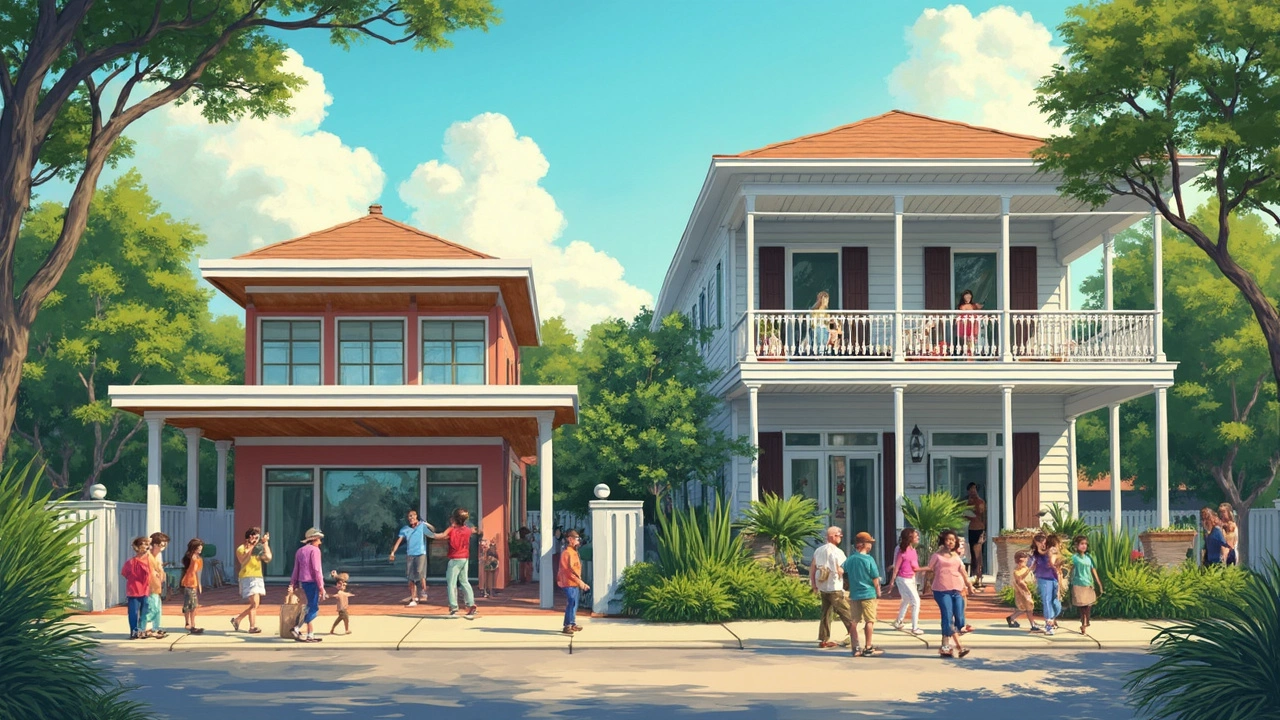
Building a home in Louisiana comes with its unique set of challenges and costs. Factors like land prices, labor expenses, material costs, and regional codes play a huge role in shaping the final budget. Understanding these factors can help future homeowners manage their finances effectively and make informed decisions. Whether you're eyeing a modern design or traditional architecture, knowing what to expect financially is crucial. This read breaks down the essentials of budgeting for a 3,000 square foot home in the vibrant locale of Louisiana.
read more